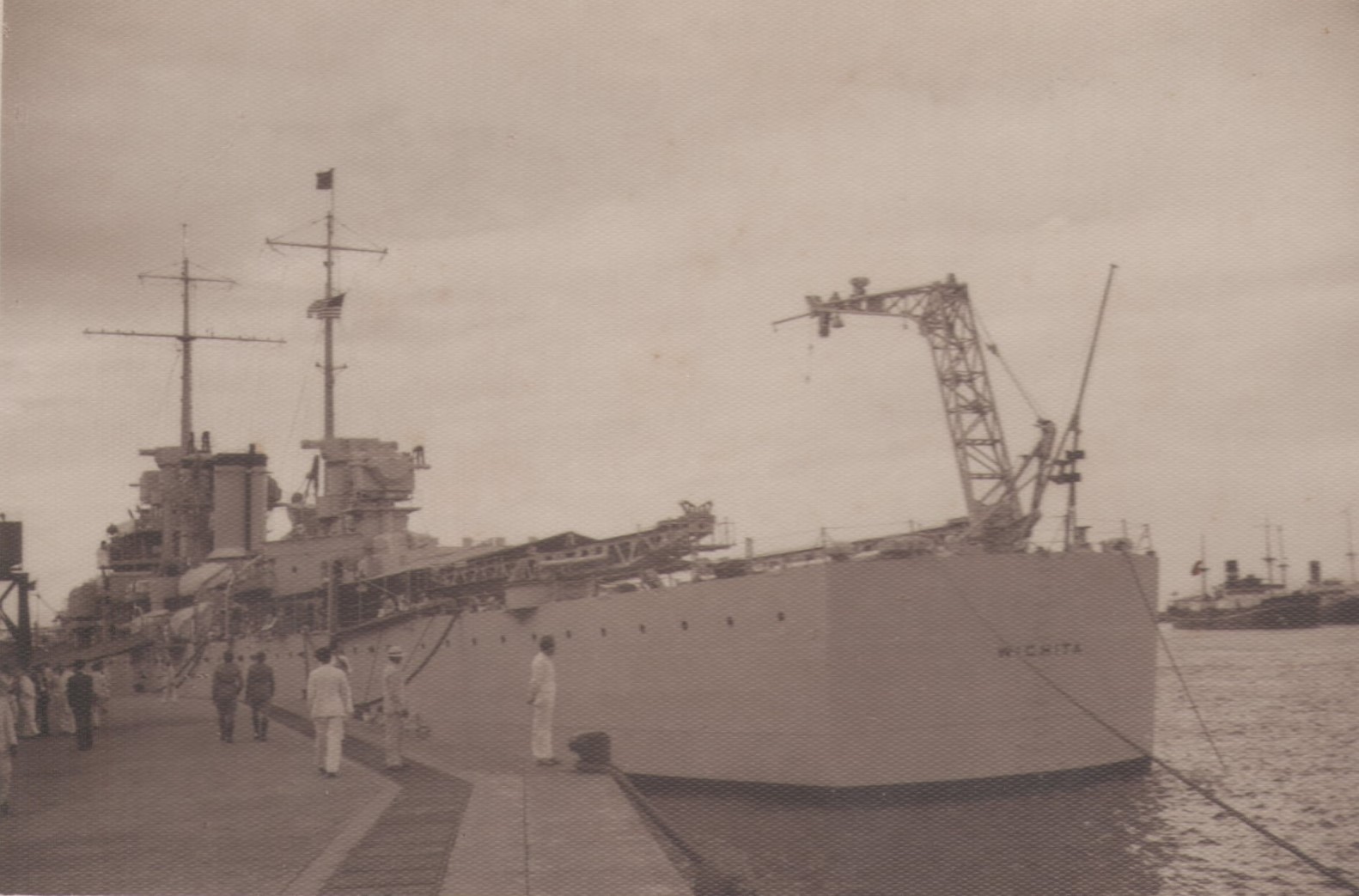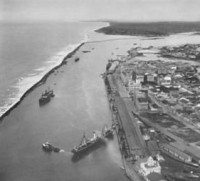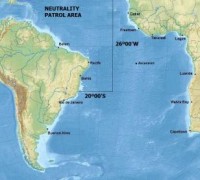THE NEUTRALITY PATROL - NEUTRALITY PATROL
1)THE OBJECTIVE
The Neutrality Patrol was a well conceived defensive plan issued by Pres. Roosevelt earlier in 1940 when he ordered his naval commanders to report and track any Axis airplane, surface, or underwater craft eventually approaching the US East coast or West Indies. As the war progressed, a protracted and broaden conflict was envisaged.
With the surprising defeat of France and the humiliating retreat of British Expeditionary Force along with their French comrades at Dunkirk, the German Kriegsmarine seized the Atlantic ports at the Bay of Biscay. From there the German and Italian subs could operate freely facing an open ocean. Also the unrestricted action undertaken by Axis raiders and Blockade runners, made Pres. Roosevelt to go farther, pushing the previously assigned area to easternmost some 300 miles off Panama.
In mid 1940, Pres. Roosevelt in another precautionary measure establishes a much larger area to be patrolled by the US Navy extending East and Southwards as far as 26 degree West and 20 degree South. Henceforward, American ships were assigned a vast area aiming an effective surveillance of the South Atlantic. In the meantime, a string of alarming reports fueled the White House concerns when US embassies in Brazil, Uruguay and Argentina gathered intelligence on an ever increasing activity by the well organized cells of Nazi parties where propaganda and espionage network acted almost freely in Southern Brazil and their neighbor countries.
Several US Navy ships ranging from aircraft carriers to destroyers were assembled in Task Force groups with the main purpose to “Show the Flag” in good neighbor visits to Brazilian, Uruguayan and Argentinean ports. This was intended to send a clear message to the Fifth column in these countries that US Navy poised as an undeniable deterrence factor against any attempt to destabilize the alliance between these nations and the US.
Navy ships patrolled the vast expanses of the Caribbean since the conterminous area adjacent to Florida Keys as far South as Cape San Roque and Saint Paul Rocks at Brazilian Northeastern bulge and around Trindade and Martim Vaz a small group of uninhabited volcanic islands some 600 miles off Rio de Janeiro at 20 degree south In June, 1940, the heavy cruiser QUINCY drew the assignment of "showing the flag" in South American waters to counter German propaganda in some of America's "good neighbors" to the south.
As early as mid-May 1940, while the Germans were executing their devastating blitzkrieg against the Low Countries and France, Edwin C. Wilson, the United States Minister to Uruguay, had reported from Montevideo of an upsurge in Nazi propaganda. The State Department and the President himself came to share Wilson's concern over the German effort to extend its influence into the western hemisphere. QUINCY (CA-39) was the first ship dispatched to Uruguay's capital city, Montevideo, reaching that port on 20 June to a tumultuous reception.
Ten days later, WICHITA--with Rear Admiral A. C. Pickens, Commander, CruDiv 7 embarked--joined QUINCY there after stopping at Rio de Janeiro en route. The influence of those heavy cruisers, ". . . to furnish a reminder of the strength and the range of action of the armed forces of the United States . . ." continued when WICHITA and QUINCY sailed on 3 July. They visited Rio Grande do Sul; Santos; Rio de Janeiro; Bahia; and Pernambuco, Brazil, before they returned to Montevideo on 23 August. The ships then "showed the flag" at Buenos Aires, Argentina, and at Rio de Janeiro again before they returned to Hampton Roads on 22 September.
Dictionary of American Naval Fighting Ships
.jpg)
The map shows the vast area the neutrality patrol actuated.

Above Cruiser USS Wichita CA 45 seen at Recife during the Neutrality Patrol.

